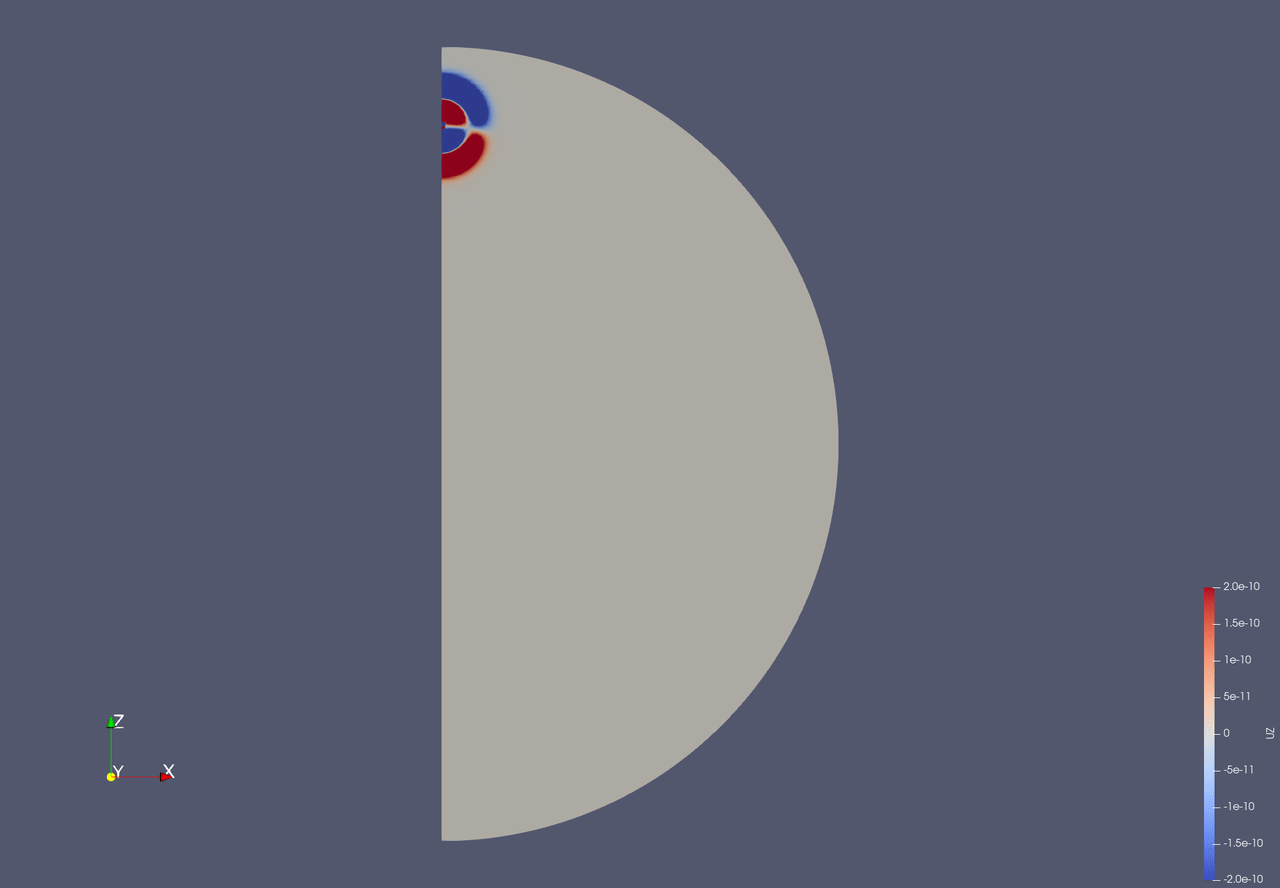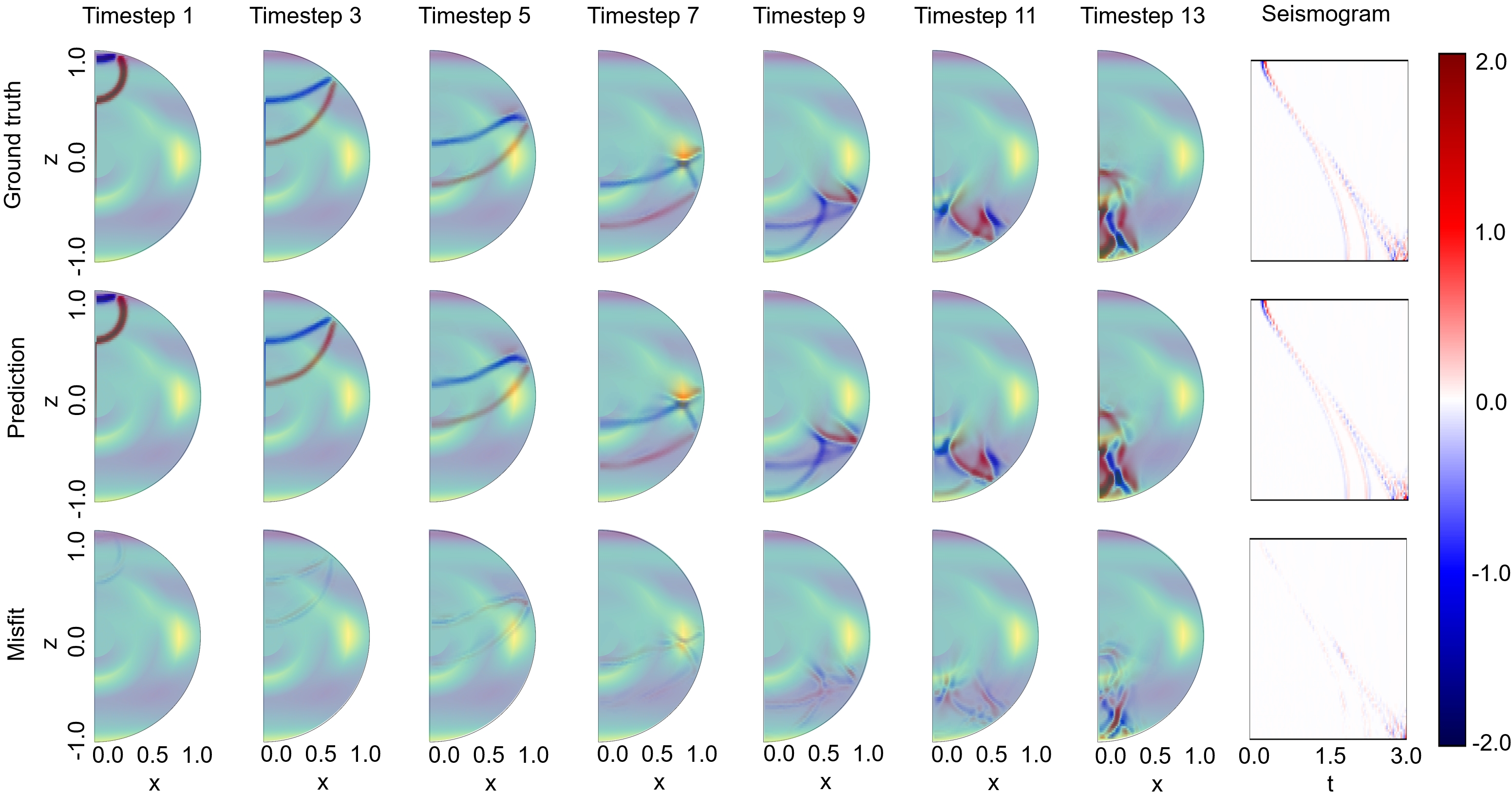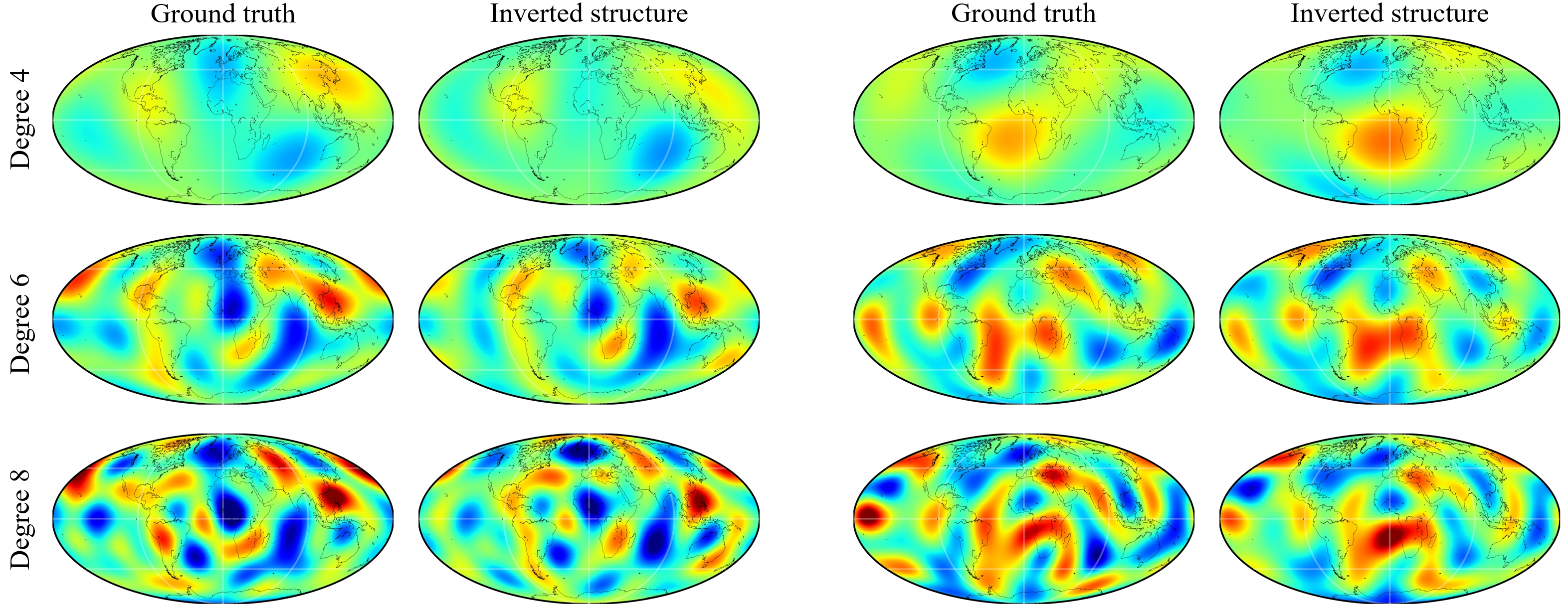Elastic wavefield:
{
'harmonics': (30000, 1215),
'disp': (30000, 15, 16, 3648, 3),
'element_coords_cartesian': (16, 3648, 3),
'timestep': (15,),
}
Elastic Fourier wavefield:
{
'harmonics': (30000, 1215),
'disp_coef': (30000, 15, 3648, 16, 3),
'element_coords_sz': (3648, 2),
'timestep': (15,),
}
Elastic seismogram:
{
'harmonics': (30000, 1215),
'disp': (30000, 37, 37, 3, 150),
'station_coords_cartesian': (37, 37, 3),
'station_coords_spherical': (37, 37, 3),
'time': (150,),
}
Elastic source:
{
'source': (30000, 6),
}





